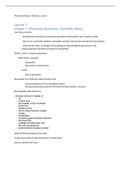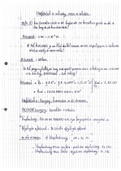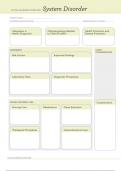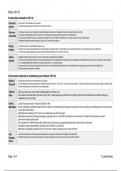Summary
Summary Business Section 4-6 fully summarised
- Course
- Business Studies
- Institution
- British International College
This document contains all the information for the second half of the IGSCE business curriculum. It can be used instead of original textbook. Includes sources from outside textbook created by professors to help explain.
[Show more]








